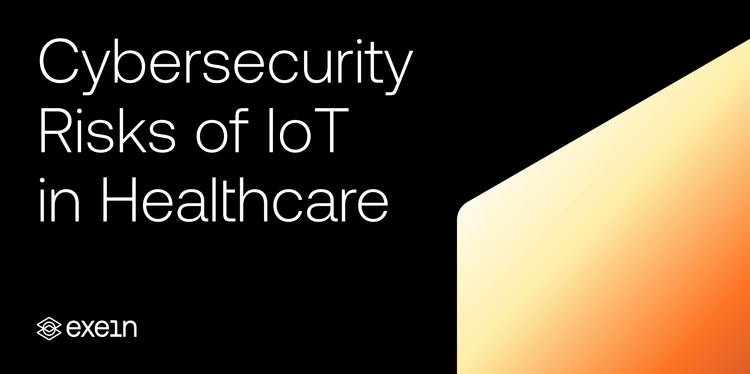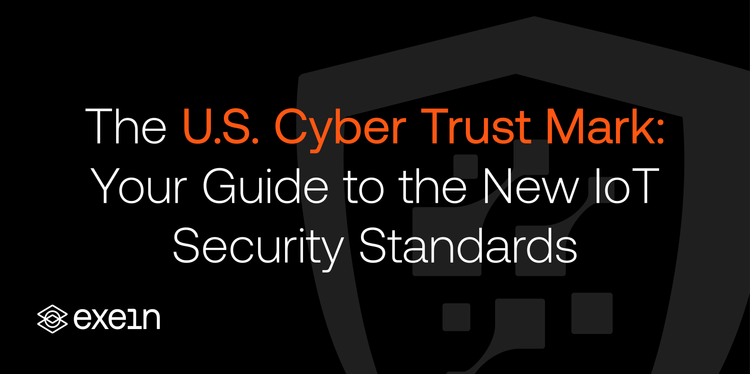The Impact of IoT in Retail: Exploring how IoT technology is transforming the retail industry and reshaping the customer experience

Whether we accept it or not, in numerous retail landscapes, there exists an intricate interplay between emerging technologies and established commercial processes. This is often predicated on the degree of adaptation to change within the organization, and who wields the control over the incorporation of innovative tools. Consider, for instance, the retail manager whose task it is to deliver goods swiftly, but is reliant on the digital transformation leader who is championing the deployment of Internet of Things (IoT) devices. Similarly, the leader of a traditional brick-and-mortar store may find their requirements consistently relegated by the tech division, which is enthusiastically driving the integration of IoT in the pursuit of e-commerce and digital dominance.
This tension can undoubtedly brew a cauldron of frustration for those operating in what they perceive as an "inferior" position. However, to forge a productive, forward-looking relationship with change (and even seize more relative power in the retail industry), it's crucial to take proactive steps toward finding balance. With a readiness to adopt IoT innovations in imaginative ways, you cultivate a stronger sense of control, particularly during times when you feel left behind or overly dependent on traditional processes.
Now, as we venture further into the 21st century, it's no longer sufficient for retail businesses to simply exist; they must revolutionize. The Internet of Things (IoT), with its vast web of connected devices and systems, has increasingly become the catalyst for this transformation, reshaping not only internal operations but also the entirety of the customer experience.
For retailers, IoT can streamline supply chain processes, from inventory management to delivery logistics, thereby reducing time-to-market. By harnessing the power of smart shelves, RFID tags, and GPS tracking, stock levels are meticulously monitored, losses minimized, and delivery routes optimized. This is an empowering shift, giving more control to logistics managers and lessening their reliance on the often unpredictable nature of manual inventory management.
However, the integration of IoT extends beyond the warehouse. In the store, IoT devices like smart mirrors, digital signage, and beacon technology create dynamic shopping experiences, personalizing interactions based on customer behavior data. This heralds a shift from the archaic 'one-size-fits-all' approach to a more targeted, customer-centric model.
On the other side of the spectrum, the rise of IoT also ushers in fresh challenges. High upfront costs, integration complexities, and data privacy concerns pose potential hurdles. This is where the IT departments must step up and assert their authority, taking charge of seamless integration and compliance with cybersecurity norms. After all, the efficacy of IoT in retail hinges on secure and efficient operation.
IoT's impact is also felt in the often underappreciated areas of retail—sustainability and ethical responsibility. By improving resource management, energy consumption, and waste reduction, IoT aids retailers in crafting a more sustainable and ethically responsible brand image. In a time when consumers are increasingly concerned about the environment and societal impact of their purchases, this is not just a perk, but a necessity.
As we navigate this technology-infused retail landscape, it's essential to remember that IoT is not a magical elixir for instant success. It requires a balanced approach, and the ability to adapt and evolve. At times, it may feel like we're playing catch up, but remember that those willing to innovate creatively, learn continuously, and embrace change stand a better chance at thriving in the future of retail.
The Internet of Things is not just transforming the retail industry; it's transforming relationships within it.
It's a complex dance of power and control, with those who adapt quickest often holding sway. However, as we've seen, even in this dynamic, there is room for balance, for mutual respect, and for everyone—no matter their position—to influence the shape of the retail industry's future.
The importance of IoT security
Amid the transformative potential of IoT, it's imperative that we don't lose sight of the need for robust security. The introduction of a multitude of connected devices increases the attack surface for potential cyber threats, necessitating robust security measures. Herein lies the importance of 'Security by Design'—a principle that dictates the integration of security measures from the inception of product development, not as an afterthought.
In the context of IoT in retail, Security by Design could be the difference between a seamless, efficient system and a compromised, damaging one. Whether it's ensuring encrypted communications between devices, incorporating strong user authentication methods, or developing efficient incident response strategies, these security considerations need to be designed into the very fabric of the IoT ecosystem.
Furthermore, IoT devices often collect a wealth of customer data to personalize the shopping experience. 'Security by Design' ensures that this data collection is done ethically and securely, respecting customer privacy. This commitment to protecting customer data not only safeguards against legal repercussions but also enhances the brand's reputation for being customer-centric and trustworthy.
How Embedded Security enhances the customer experience
The introduction of 'Security by Design' principles within IoT can greatly enhance the overall customer experience in several ways.

The first and foremost advantage lies in the assurance of privacy and data protection. IoT devices often collect vast amounts of customer data, helping to tailor a more personalized shopping experience. However, this can raise justifiable concerns about data misuse or breaches. By embedding stringent security measures from the outset, customers can enjoy the benefits of personalization without worrying about their data's safety. This builds trust and loyalty, enhancing their overall experience with the brand.
Another customer-centric advantage arises from the potential for uninterrupted service. IoT devices are often targeted by cybercriminals leading to device malfunction or even a complete system shutdown. By adopting Embedded Security, retailers can prevent such scenarios, ensuring customers enjoy a seamless, glitch-free shopping journey. Imagine smart changing rooms, automated checkouts, and personalized recommendations working smoothly, with minimal risk of interruption or error – a significantly enhanced, stress-free retail experience.
Moreover, embedding security within IoT design can also facilitate more innovative customer experiences. With strong security as a foundation, retailers can confidently explore advanced IoT implementations like augmented reality (AR) shopping or real-time inventory updates, adding further value to the customer journey. These state-of-the-art experiences can set a retailer apart, providing a unique, secure shopping experience that customers will appreciate and remember.
In conclusion, 'Security by Design' doesn't just protect a retailer's infrastructure and assets, it is also an investment in the customer experience. By placing security at the core of IoT design and implementation, retailers can ensure a more reliable, enjoyable, and innovative shopping experience – one that resonates with customers and keeps them coming back.




